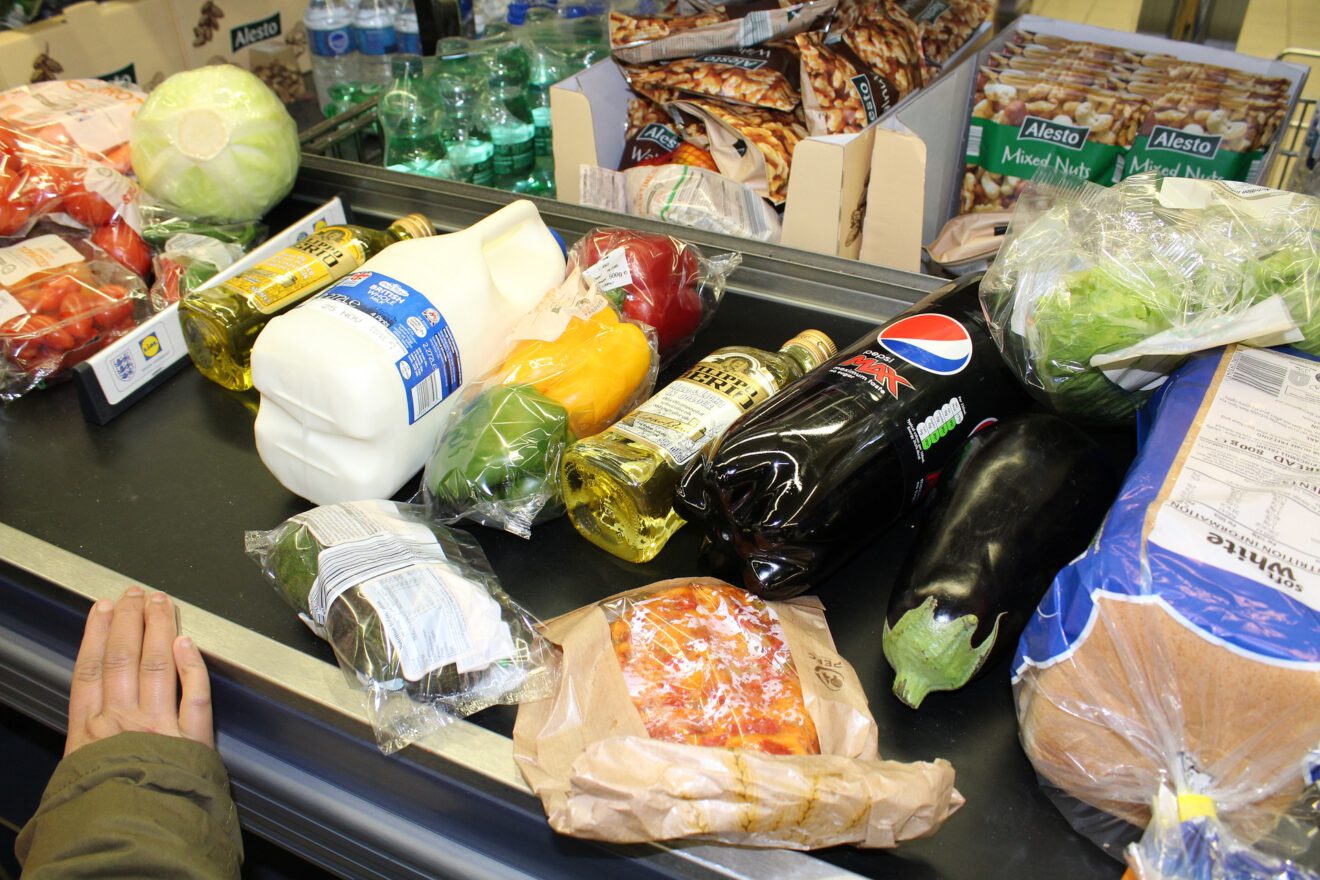For students with moderate to severe cognitive disabilities, such as autism or Down syndrome, the prospects for living and working independently can be limited. The right curriculum and instructional approach can make a big difference, though. These tools can help students with special needs develop critical skills for work and life.
Virginia Beach City Public Schools has implemented a blended-learning approach designed specifically for students with unique needs. Key to this approach is video-based instruction. Students watch short video clips that introduce them to various jobs—such as grocery clerk, retail clerk, or cleaning and maintenance worker—and what these occupations involve. Students learn at their own pace and can watch the videos as often as they need.
The specially adapted transition curriculum is having a big impact. Across the entire school division, we have seen at least 40% growth in the aptitude of our students from pretest to posttest. And on the performance-based assessments that are built into the program, we are seeing consistent threes and fours from our students, on a four-point scale.
What’s more, many of our students are going on to find gainful employment when they leave us. Our graduates are finding work at grocery stores, retail stores—including Dollar Tree, T.J. Maxx, and Marshalls—and as housekeeping or banquet staff at local hotels. Watching these students achieve success, often for the first time in many years, is incredibly rewarding.
Here are three key lessons we have learned:
Pilot the solution first to make sure it works. We piloted the curriculum with a handful of teachers at first, and their feedback was overwhelmingly positive. We also had great success with posttests and performance assessments, and that’s what convinced us to move forward with using this approach across all of our secondary schools.
Supplement video instruction with hands-on materials. After students watch videos demonstrating a particular job, they get to put these skills into practice using hands-on materials. For instance, the grocery clerking module includes bags for students to practice bagging actual groceries.
The curriculum’s hands-on approach has proven to be very effective for our students. We demonstrate a skill using the videos, we do it together, and then the kids are able to try it themselves.
Choose a responsive service provider. Make sure your provider is open to feedback.
We use the Adapted Series curriculum from Education Associates. When we first received the grocery clerking module, the kit included paper and plastic bags, but not reusable ones. It takes very different skills to bag groceries with different types of bags, and I thought it was important to include reusable bags as well. When I said this to our sales rep, he made a quick phone call and we had reusable bags within days.
I’ve been in special education for nearly 25 years, and I remember a time when schools were not effectively preparing students with cognitive disabilities for life after high school. This is changing. Now, we are giving them a legitimate chance of success and fulfillment after high school.
Amy Schuiteboer is the school improvement specialist for Virginia Beach City’s Salem High School.
Tech Tips is a weekly column in SmartBrief on EdTech. Have a tech tip to share? Contact us at knamahoe@smartbrief.com
____________________________________
Like this article? Sign up for SmartBrief on EdTech to get news like this in your inbox, or check out all of SmartBrief’s education newsletters , covering career and technical education, educational leadership, math education and more.
